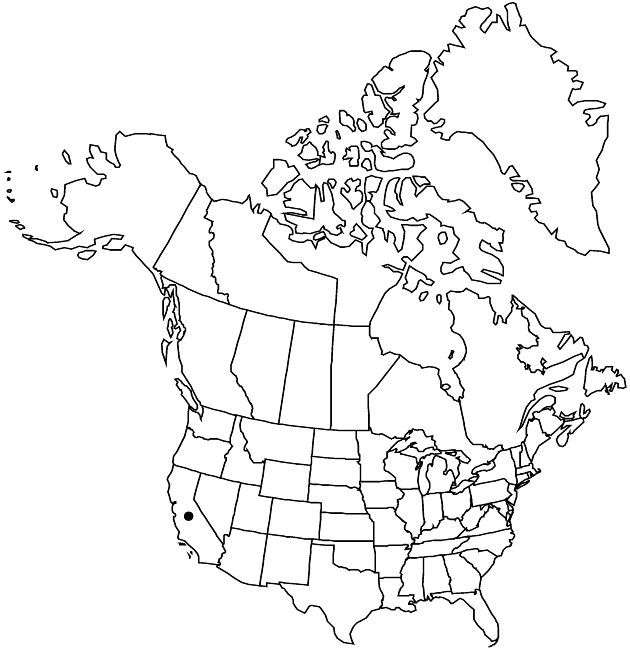Difference between revisions of "Pyrrocoma uniflora var. gossypina"
Phytologia 71: 61. 1991.
Basionym: Pyrrocoma gossypina Greene
Synonyms: Haplopappus uniflorus subsp. gossypinus (Greene) H. M. Hall
FNA>Volume Importer |
FNA>Volume Importer |
||
| Line 54: | Line 54: | ||
|publication year=1991 | |publication year=1991 | ||
|special status= | |special status= | ||
| − | |source xml=https://jpend@bitbucket.org/aafc-mbb/fna-data-curation.git/src/ | + | |source xml=https://jpend@bitbucket.org/aafc-mbb/fna-data-curation.git/src/8f726806613d60c220dc4493de13607dd3150896/coarse_grained_fna_xml/V19-20-21/V20_978.xml |
|tribe=Asteraceae tribe Astereae | |tribe=Asteraceae tribe Astereae | ||
|genus=Pyrrocoma | |genus=Pyrrocoma | ||
Revision as of 15:28, 18 September 2019
Plants 10–30 cm. Stems pale or reddish, tufted-tomentose, glabrescent. Leaves: basal blades lanceolate, 20–80 × 10–20 mm, margins entire to rigidly dentate; faces tufted-tomentose. Heads 1–5, usually in racemiform arrays, pedunculate, sometimes borne singly, terminal. Involucres 10–13 × 18–20 mm. Phyllaries loosely appressed, unequal.
Phenology: Flowering Jul–Sep.
Habitat: Dry or moist alkaline meadows, open pine forests
Elevation: 1600–2300 m
Discussion
Of conservation concern.
Variety gossypina is known only from the San Bernardino Mountains, southern California. It is recognized by its tufted-tomentose pubescence, long involucres, unequal phyllaries, and geographic isolation.
Selected References
None.
Lower Taxa
None.
